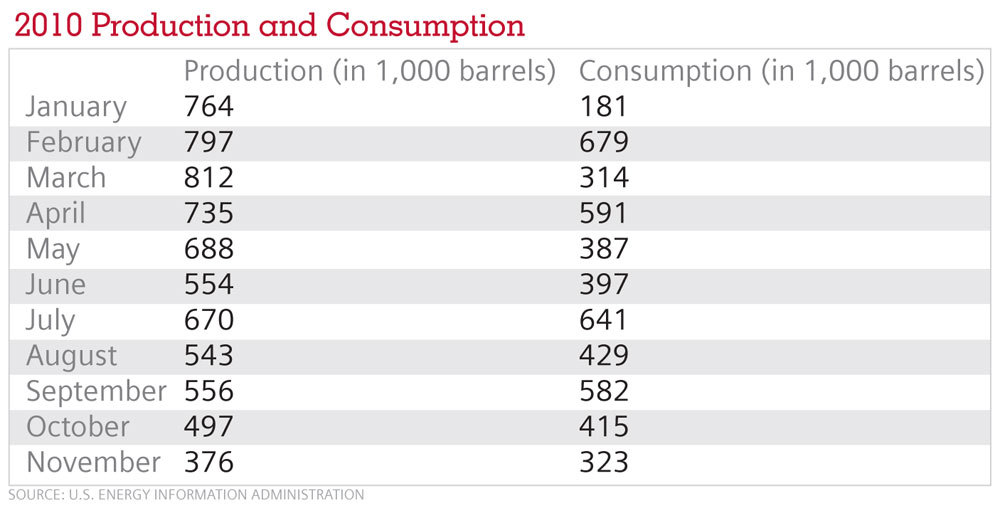Crunching the Numbers

April 21, 2011
BY Erin Krueger
A monthly biodiesel report published by the U.S. Energy Information Administration in late February illustrates the bumpy ride the biodiesel industry has experienced since 2001.
The report lays out the production, trade and consumption numbers for the U.S. biodiesel industry over the first 11 months of 2010, as well as historical data for year-over-year comparisons.
Advertisement
According to the monthly overview, biodiesel imports have steadily dropped since peaking in 2008 at 7.5 million barrels (315 million gallons). In 2009, the U.S. imported only 1.8 million barrels. Imports dropped even more, to 546,000 barrels, in 2010.
U.S. exports of biodiesel were also reduced over the same period of time. In 2008, the U.S. exported more than 16.1 million barrels of biodiesel. The respective export number for 2009 and the first 11 months of 2010 were 6.3 million barrels and 2.5 million barrels.
Advertisement
The data clearly shows a slump in production numbers over the past two years. In 2008, the monthly production numbers for biodiesel varied between a high of 1.6 million barrels and a low of 1.1 million barrels. In 2009, monthly production levels ranged from a high of 1.6 million barrels in December, to a low of 599,000 barrels in March. By 2010, production had slowed significantly, with monthly production ranging from a high of 812,000 barrels in March, to a low of 367,000 in December.
Consumption levels over the past 3 years, however, didn’t drop as significantly as production, imports or exports. The U.S. consumed 7.52 million barrels of biodiesel in 2008. In 2009, consumption levels actually increased slightly, to 7.54 million barrels. In 2010, the U.S. consumed 5.29 million barrels of the fuel.
The EIA has also released an early overview of its 2011 annual energy report, which says the liquid fuels sector—including both petroleum-based and biobased fuels—is expected to grow from 18.8 million barrels per day in 2009 to 22 million barrels per day in 2035. According to the EIA, biofuels consumption is expected to account for the majority of that growth. Domestically produced biofuels are also expected to help curb the growth of oil imports in the future.
Upcoming Events





